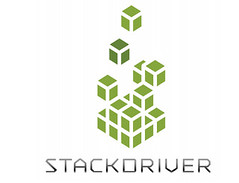The Mullet Cloud Selection Pattern
 Tuesday, April 1, 2014 at 9:05AM
Tuesday, April 1, 2014 at 9:05AM 
In a recent thread on Hacker News one of the commenters mentioned that they use Digital Ocean for personal stuff, but use AWS for business.
This DO for personal and AWS for business split has become popular enough that we can now give it a name: the Mullet Cloud Selection Pattern - business on the front and party on the back.
Providers like DO are cheap and the lightweight composable container model has an aesthetic appeal to developers. Even though it seems like much of the VM infrastructure has to be reinvented for containers, the industry often follows the lead of developer preference.
The mullet is dead. Long live the mullet! Developers are ever restless, always eager to move onto something new.






















